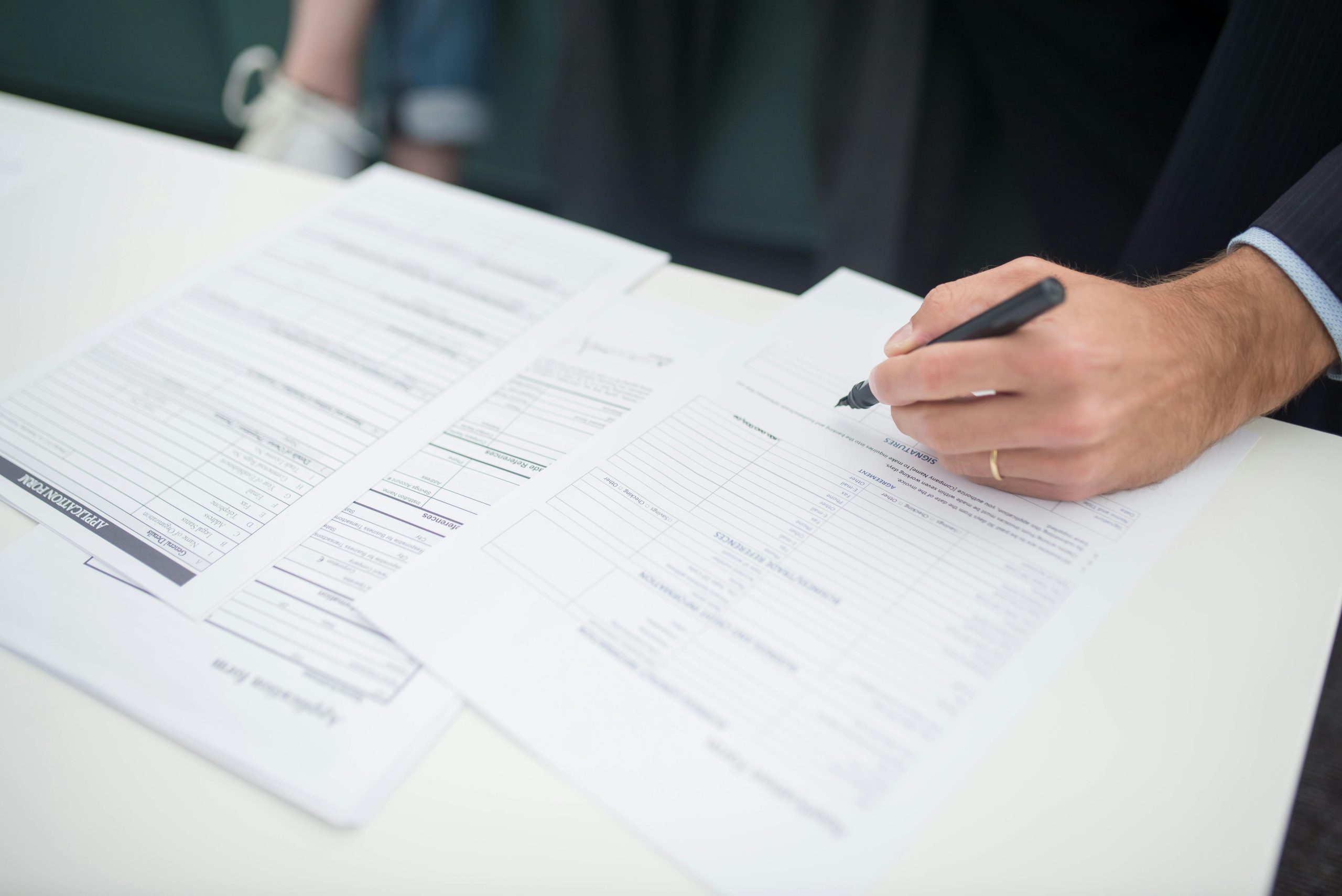Handling a Neighbor’s Car Damage Claim: Insurance Options and Best Practices
Discovering that your neighbor has scratched your vehicle in a shared parking garage can be a stressful experience, especially when there’s a dispute about who is responsible. If you find yourself in this situation, it’s important to understand your options and the best course of action to protect your interests.
Situation Overview
Imagine parking your car next to your neighbor daily in a communal garage, only to notice a fresh scratch on your vehicle. Upon closer inspection, you see that the scratch lines up perfectly with damage on your neighbor’s car, and both cars have transferred paint. Your neighbor denies causing the damage, but you’ve already taken steps by filing a claim with her insurance provider, prompting an insurance adjuster to get involved. Now, the insurer is trying to establish liability, while your neighbor maintains her innocence.
Key Questions to Consider
When facing this type of dispute, you may wonder: Should I continue pursuing the claim through my neighbor’s insurer, or is it better to file a claim with my own insurance company?
Here’s a breakdown to help you decide:
1. Continue Working with Your Neighbor’s Insurance
- Pros:
- Potential to have the damage repaired without paying your deductible upfront.
- Might result in a straightforward resolution if liability is established.
- Cons:
- Your neighbor’s insurer may scrutinize the claim, particularly if your neighbor denies responsibility.
- The process could take longer, especially if liability is contested.
- Your ability to influence the outcome is limited, relying on their investigation.
2. File a Claim with Your Own Insurance
- Pros:
- Faster resolution; your insurer can handle the dispute and attempt to recover costs later.
- You won’t need to pay your deductible if comprehensive coverage applies.
- Your insurance company has experience managing such disputes, potentially making the process less stressful.
- Cons:
- Your insurance premiums could increase after filing a claim.
- You may still need to cooperate with your insurer’s investigation.
Best Practices Moving Forward
- Document Everything: Take detailed photos of the damage, including the scratch and paint transfer. Record the location and time of the incident.
- Communicate Clearly: Inform your insurance provider about the situation and your preferences. They can guide you on the best course of action based on your policy and the specifics of the damage.
- **Assess the Evidence



